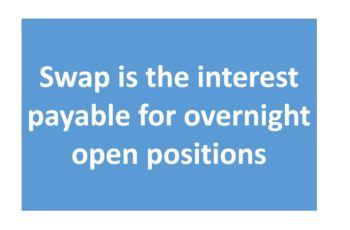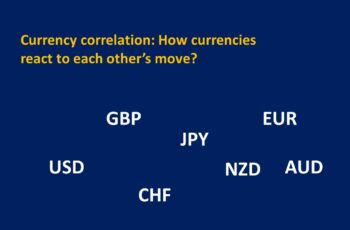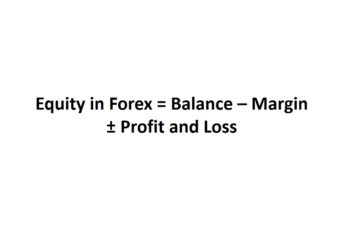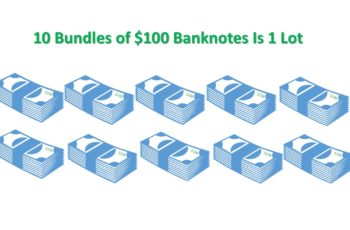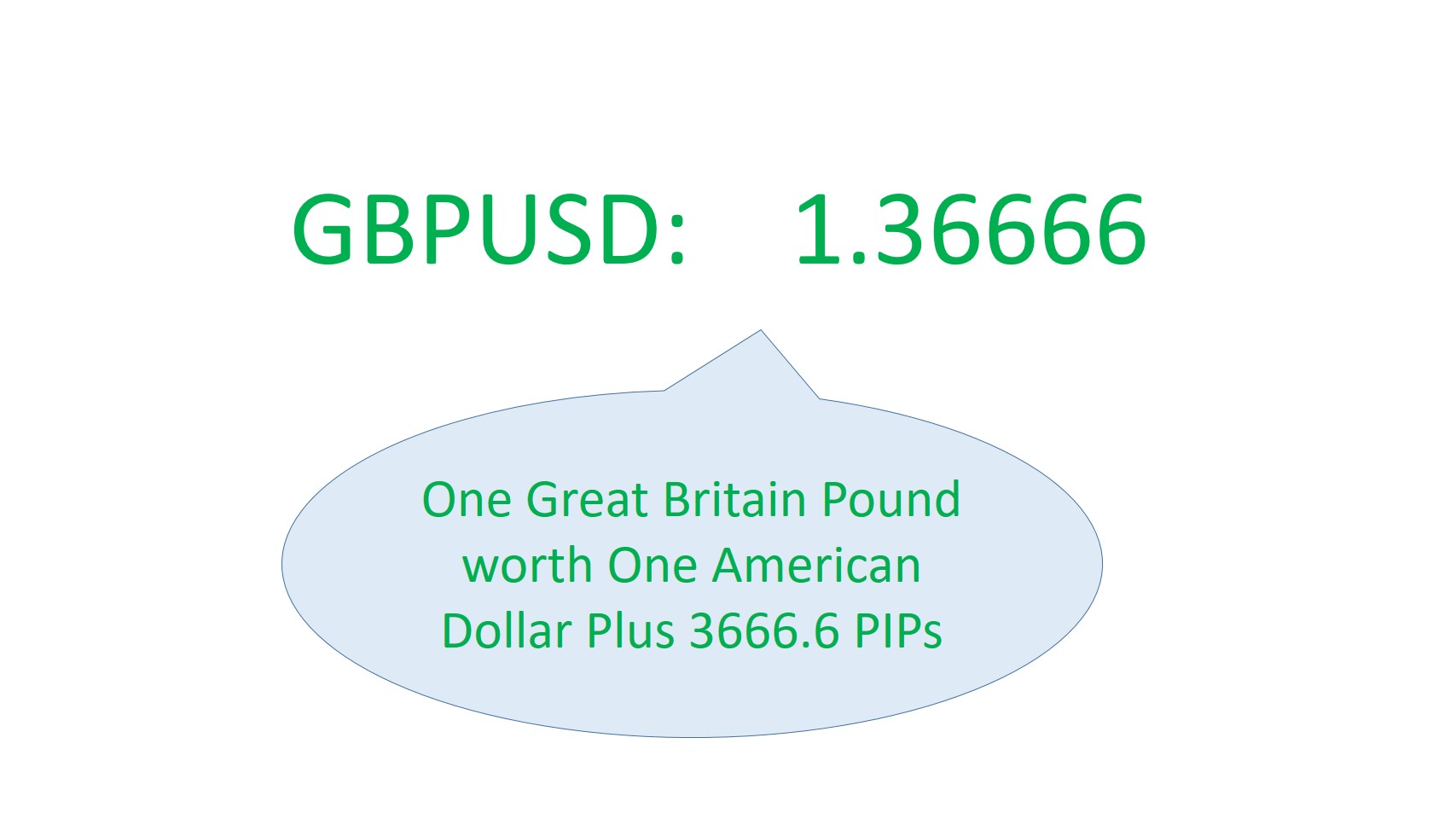A currency pair, also known as a symbol, is a quotation of the relative value of one unit currency against the unit of another currency.
For example, GBPUSD, EURUSD, AUDJPY, CHFJPY, and USDJPY are currency pairs. In this example, GBPUSD is one pair, EURUSD is another pair, and USDJPY is another.
In a pair, the first currency is called the base currency (or transaction currency) — the second one is called quote currency (or counter currency). For example, In the GBPUSD pair, the GBP is the base currency, and the USD is the quoted currency. It means the relative value of one Great Britain Pound against the United States Dollar. For example, if a quotation is (USDJPY=104.15), it means that one United States Dollar (base currency) is worth 104.15 Japanese Yen (the quote currency).
When a trader buys a currency pair, the trader buys the base currency and sells the counter currency. Conversely, if a trader sells a pair, he buys the quote currency and sells the base currency. It happens simultaneously. For example, if you buy the AUDJPY, you buy AUD and sell JPY.
How Many Pairs Are in The Forex Market?
Theoretically, there can be over one thousand pairs.
According to the UN, there are 180 currencies in the world. If you quote the price of each of them to the remaining 190 currencies, there will be numerous pairs.
However, forex brokers only provide you with access to a limited number of pairs. There are doing this because traders do not trade other pairs, or the volume is negligible.
Major Currency Pairs
Widely traded pairs are known as major pairs, such as EURUSD, EURGBP, GBPUSD, USDJPY, USDCAD, USDCHF, and AUDUSD.
The spreads of these pairs are narrower because traders actively trade them. Moreover, international trades happen in one of the currencies of these pairs.
Minor Currency pairs
Other pairs that usually don’t associate with USD are minor currency pairs or crosses. For instance, CHFJPY is a minor currency pair, and its spread (the difference between the asking price and bid price) is wider than in major pairs.
Exotic Pairs
These pairs include currencies of an emerging market such as USDHKD that are not widely traded, and their spreads are wider than major and minor pairs.

